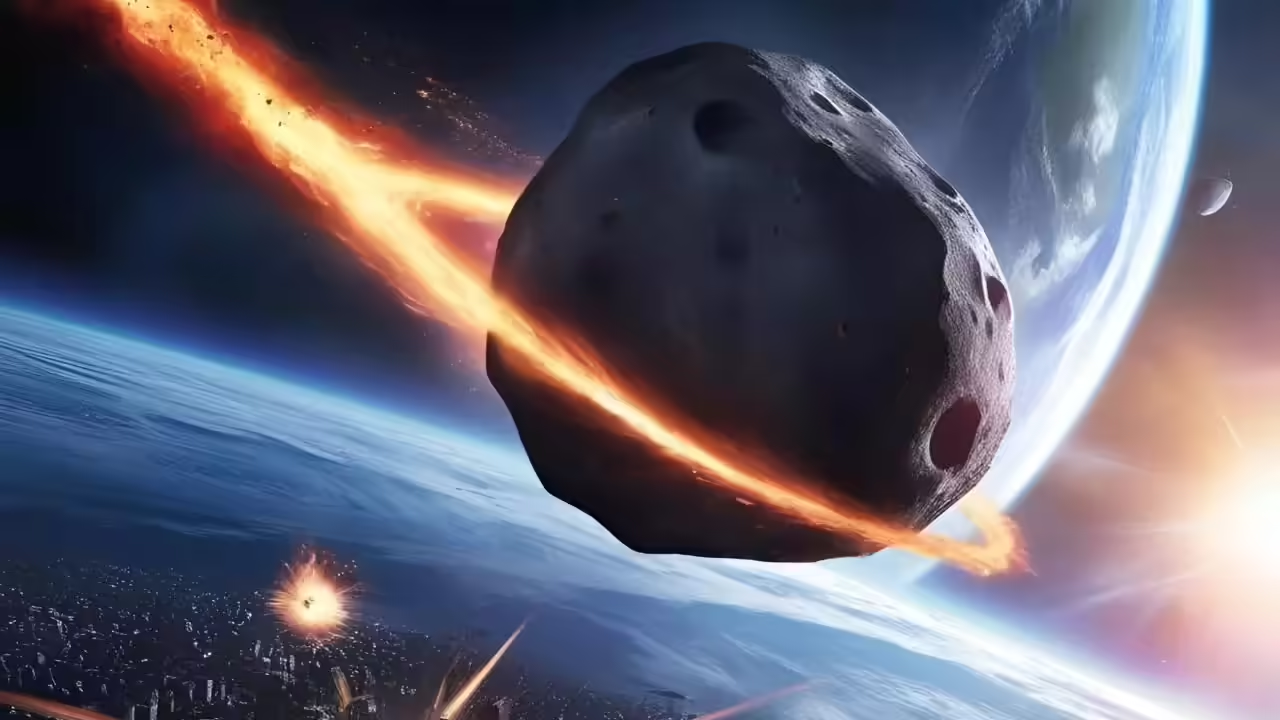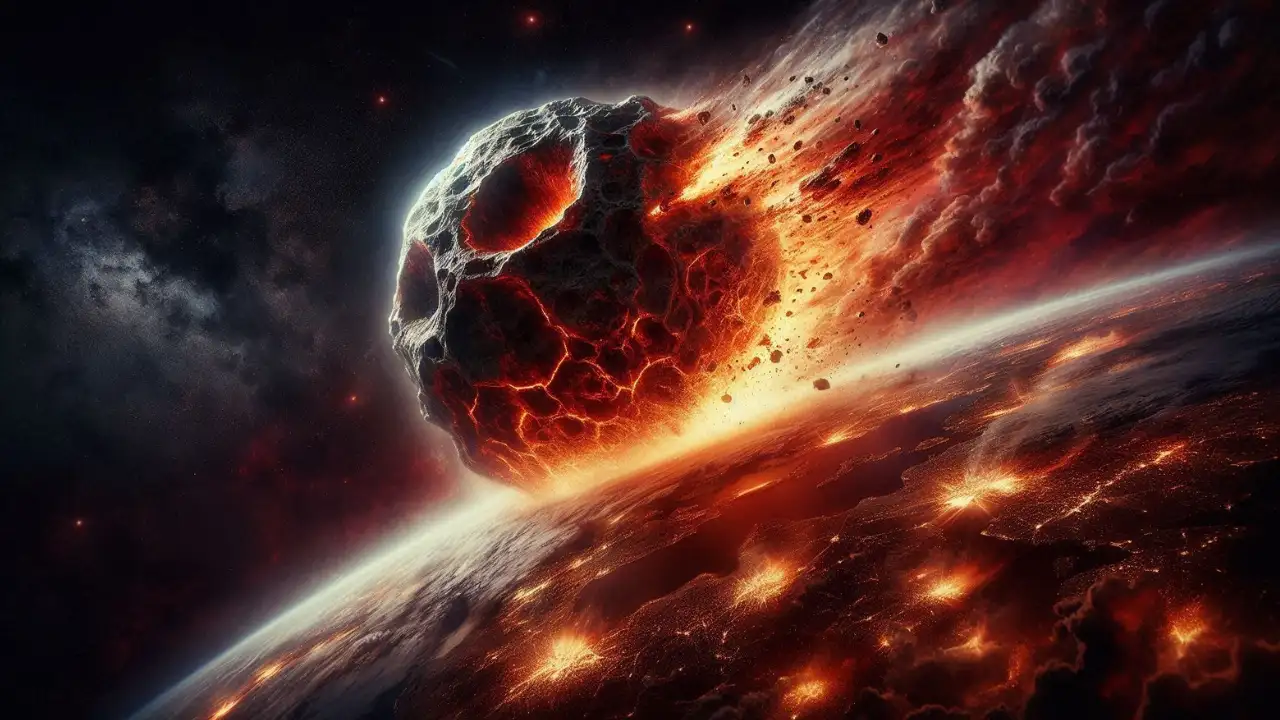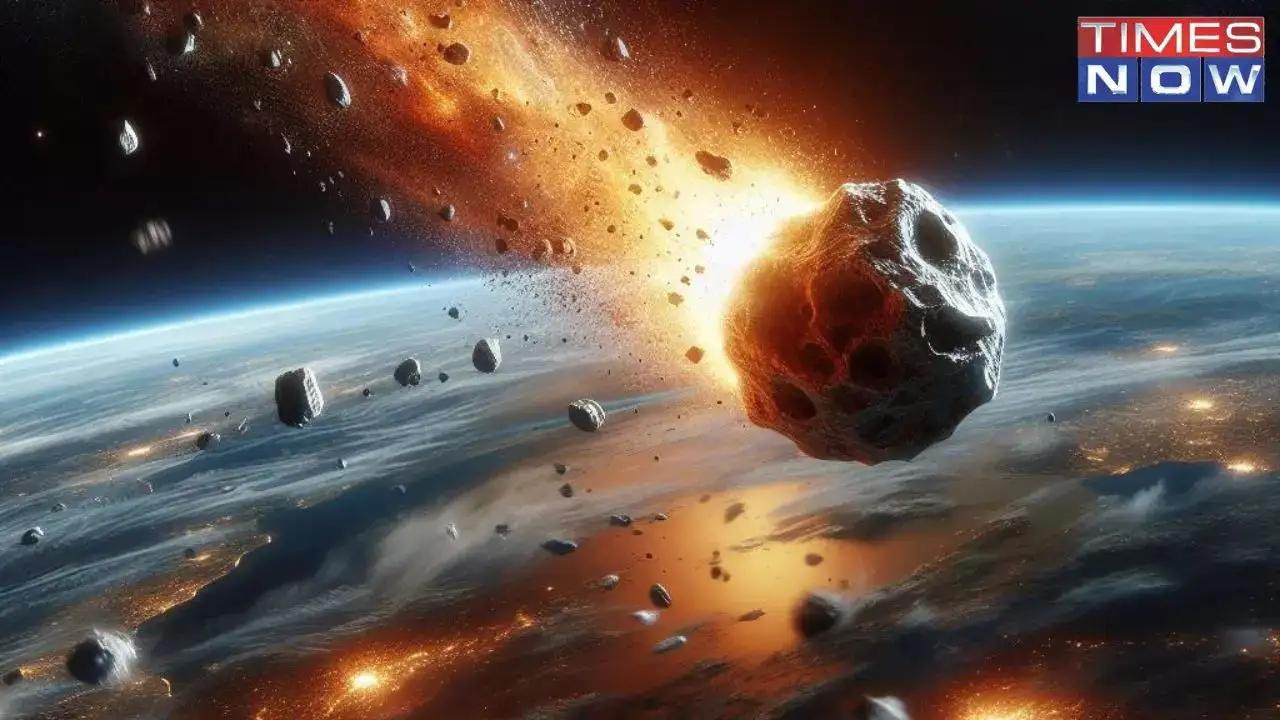Table of Contents

Asteroids are the rocky remains of an early solar system that formed 4.6 billions years ago. This blog is covered by financeinfo. Asteroids are celestial objects that orbit the Sun mainly between Mars and Jupiter, in a region known as the asteroid Belt. Some of these asteroids, called near-Earth Asteroids (NEAs), are orbiting in a way that brings them very close to Earth. They range in size from small rocks measuring only a few centimeters to huge objects that are several hundred kilometers across.
NASA studies Asteroids
NASA’s research on asteroids serves a variety of scientific and practical goals. Asteroids can be considered as time capsules of the formation of our solar system. Their chemical and physical makeup can reveal the origins of planets like Earth. Scientists can learn secrets about the formation of the solar system by examining these primitive objects.
NASA and Asteroids monitors asteroids not only for scientific curiosity but also to protect the planet. The likelihood of a large asteroids hitting Earth in the future is very low. However, the effects could be disastrous. Early detection of potential threats gives us the best chance of preventing disaster. Asteroids can also contain valuable resources such as metals and water that could be used to support future missions into space or industries.
NASA’s Tracking and Detection of Asteroids
NASA and Asteroids has created a sophisticated system that includes satellites, telescopes and computer tools to detect and monitor asteroids. Near-Earth Object Observations Program (NEOO) plays a key role in discovering and tracing near-Earth asteroids. Observatories and space-based instruments such as NEOWISE scan the skies to detect moving objects that could cross Earth’s orbit.
NASA’s Center for Near Earth Object Studies calculates orbits for newly discovered asteroids, and uses a tool known as the Sentry System for assessing potential impact risks. These systems improve the trajectory of asteroids based on more data, which helps determine if they are a threat. Infrared observations can be used to estimate the size and composition asteroids.

NASA’s Missions to Asteroids
NASA and Asteroids has conducted several asteroids-studying missions over the last few decades. These missions have significantly increased our knowledge about these objects, and shown potential methods to alter their path.
Apophis was discovered in 2004. Scientists initially feared that it would strike Earth in the year 2029. Further observations have eliminated any impact risk for the next century. Apophis is expected to make a close approach to Earth, closer than many satellites in 2029. This will give us a rare chance to study the planet in depth.
Asteroid 2024 YR4 is another example. It briefly made the news due to its small impact risk in 2032. The risk of impact was minimal, according to follow-up observations and data from the James Webb Space Telescope. The estimated size of the object is between 53-67 meters.
Earth’s Risks from Asteroids
Asteroids can be dangerous depending on their size, speed and composition. They also have an impact point. Even small asteroids that are only a few metres across can cause airbursts. The 2013 Chelyabinsk Meteor, for example, injured more than 1,000 people. Asteroids that are 50 to 100 meters in diameter can destroy entire cities, or cause tsunamis when they hit an ocean.
Asteroids larger than one kilometer are the most dangerous. This size of asteroid could cause global catastrophes and mass extinctions.NASA and Asteroids has tracked and found most of the larger asteroids. However, there are still many smaller but equally dangerous asteroids that remain undiscovered.
Asteroid Deflector and Planetary Defense
NASA and Asteroids is exploring several strategies that could prevent an asteroid collision. The kinetic impactor technique has proven to be the most successful. This involves sending a spacecraft into an asteroid to crash at high speeds to change its trajectory. The DART mission proved that this technique is effective.
A gravity tractor is another method that has been proposed. In this case, a spacecraft will fly alongside an asteroid to slowly pull it off its course by using its own gravitational force. This method requires years of planning but allows for precise control. The more dramatic methods, such as using a nuclear blast to deflect an object, are only used in the last resort because of their complexity and political implications.
NASA’s Future Plans and Technologies
NASA and Asteroids is developing new technologies and missions to further enhance planetary defence. NEO Surveyor is a space-based telescope that will be used to find and characterize near-Earth bodies. This infrared telescopic system is expected to fill in gaps in the current detection systems.
NASA and Asteroids continues to improve ground-based observatory techniques, use artificial intelligence for asteroid analysis, and enhance radar imaging. The agency works with international partners to prepare the world for future asteroid threats. Future sample return missions like OSIRIS APEX (a mission to study Apophis) will help us better understand asteroid composition.

Recent Asteroid Events
NASA and Asteroids has been working hard to improve the safety of astronauts and their families. The asteroid 2024-YR4 caused some concern initially due to the small impact risk, but subsequent observations have ruled out all danger. Asteroid 2024 YR4 is still being observed due to its close flybys.
A flyby close to Apophis is another upcoming event that will be of interest in 2029. The event, which is not likely to cause an impact, will still allow NASA and Asteroids researchers to examine how Earth’s gravitational pull affects the asteroid’s rotation, orbit, and surface. The safe flybys by asteroids 2024 BM1 and 2014 HQ124 serve as a reminder of the frequency of such encounters and how important ongoing monitoring is.
(FAQs)
Q. How likely is it that an asteroid will strike Earth?
It is extremely unlikely that a large asteroid will strike Earth anytime soon. NASA and Asteroids monitors thousands of asteroids near Earth and hasn’t identified any large objects currently on a collision path with our planet.
Q. What size asteroids are considered dangerous?
Asteroids larger than 50 meters in diameter can cause damage to the region, while those bigger than 140 meters may destroy cities or trigger a tsunami. Objects larger than one kilometer could have global impacts.
Q. How soon would we be able to detect an incoming asteroids?
The detection time is dependent on the size of the asteroid and its trajectory. Asteroids of a large size can be detected years in advance. However, smaller asteroids may not be spotted until a few weeks or days prior to their arrival.
Q. Can NASA deflect an asteroids?
Yes. DART proved that it was possible to change an asteroid orbit with a spacecraft. Early detection and prompt response are essential for success.
Q. What is NASA doing in order to find more asteroids?
NASA builds new telescopes, such as the NEO Surveyor, and upgrades observation techniques. The organization also works with other countries to exchange data and improve risk assessment
conclusion:
NASA’s asteroids research is crucial for both science and safety. We can learn about the history and development of the solar systems by studying these space rocks. NASA’s planetary defense strategy is being built through missions such as DART, ongoing survey and future technologies, like NEO Surveyor.
